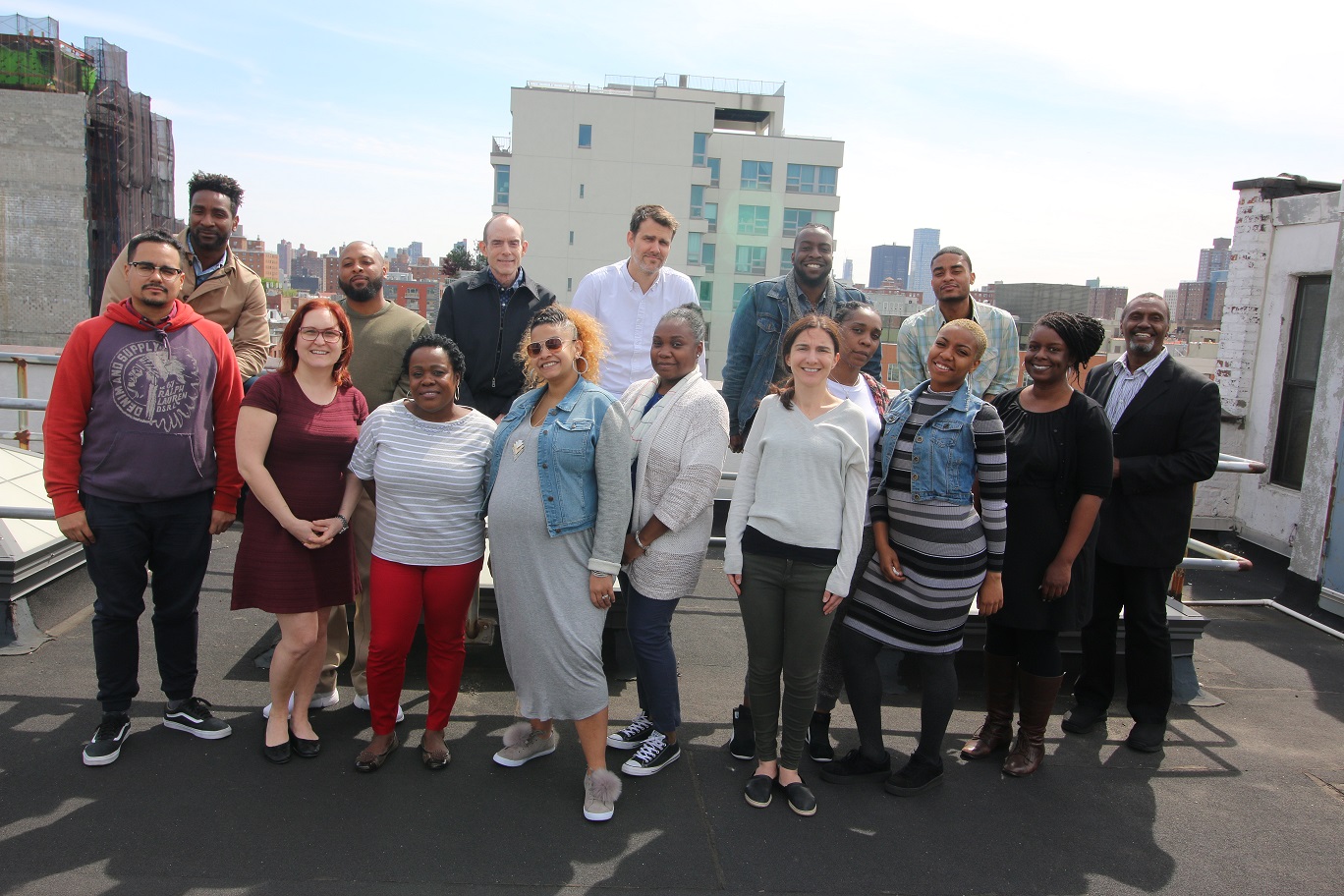Blog

The Uptown: An Evolving Community, Part I
August 2, 2017Fostering community in our residences is important to our work. Community allows people to develop support systems, pursue interests and find stability. Started in 1985, the Uptown program has long depicted how the different characteristics of each supportive housing residence can shape community building and transform lives.
The Uptown program is comprised of six supportive housing residences: the Delta, the Stella, the Heights, the Rio, the Edgecombe, and Dorothy Day Apartments. Some are single room occupancies (SRO’s), with shared bathrooms and kitchens, while others are apartments, but each has shaped CUCS’ understanding of supportive housing.
In the SRO buildings, like the Heights and the Stella, community was quickly established because of the frequent interaction in the common areas explains Rudy de la Haya, Assistant Director of our Training program who began his career at the Uptown program. In the residences with apartment style living, like The Delta, community had to be created due to the lack of shared amenities.
“When bringing people together who have backgrounds of homelessness and other vulnerabilities, we wanted to create a sense of home and you can only really do that by forging a sense of community,” Rudy describes.
To achieve this, the staff held various group activities with the goal of encouraging interaction. Initially, they held a weekly breakfast for tenants and staff to come together, eat and tell stories. Other Uptown residences created community gardens, jewelry making classes, and newspapers. In one of the groups, “Listen to Our Voices,” tenants at the Rio spoke publicly to depict histories of homelessness and mental illness. This proved to be a powerful tool in helping to empower others.
The Uptown program also introduced families and children to CUCS’ communities, which posed yet another challenge for staff: creating an environment that addressed the needs of both children and adults in the buildings.
Rudy explains that this happened naturally and “people quickly became surrogate uncles and aunts to the kids.” At the Edgecombe, staff held a “Friends and Family Day,” where tenants could invite friends and family members to a large cook out. Staff also took families to museums, parks, picnics and concerts so they could get to know one another and learn.
Thirty-two years later, community building is still a priority. “Ultimately what a home is is a sense of place, a beautiful connection. I would think and hope that still resonates in all of our buildings,” says Rudy.
